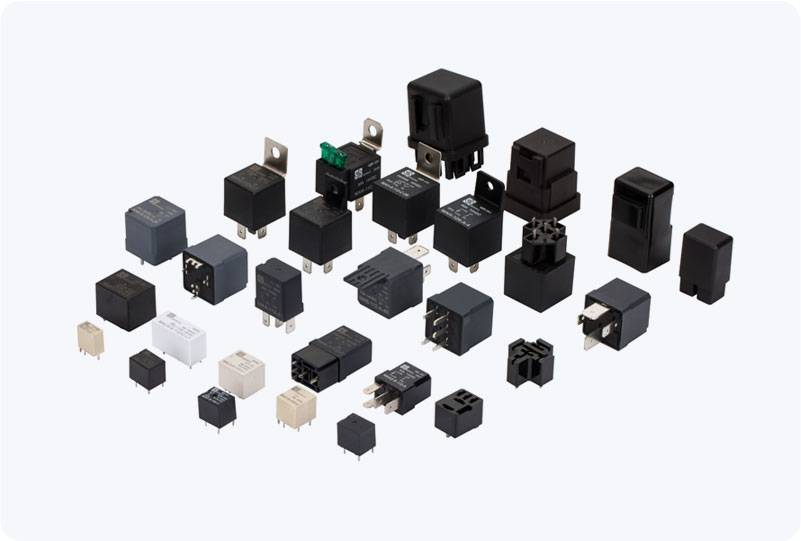An Electromechanical Relay (EMR) is an essential component in electrical and electronic systems, playing a critical role in controlling and protecting circuits. Despite the rise of solid-state relays in many applications, electromechanical relays continue to serve in various industries due to their reliability, adaptability, and cost-effectiveness. This article delves into the basic principles, functions, and applications of electromechanical relays.

Principles of Operation An electromechanical relay consists of two primary components: an electromagnet (coil) and a set of contacts. When an electrical current passes through the coil, it generates a magnetic field that attracts an armature. This armature is mechanically connected to one or more sets of contacts, which open or close depending on the relay design. There are two main types of contacts in relays: Normally Open (NO) and Normally Closed (NC). In a Normally Open relay, the contacts are open when the coil is unpowered and close when the coil is energized, allowing current to flow through the circuit. In contrast, a Normally Closed relay has contacts that are closed when the coil is unpowered and open when energized, cutting off the current flow.